Yes, it's quite common for manufacturers to use the same part number. Sometimes it may be (or have been) an official second source. Sometimes it means they built a clone of another manufacturers part. Sometimes it might be a complete coincidence and the parts may be totally unrelated.
Often a part with the same part number from a different manufacturer will be an acceptable substitute, but you should probably verify it before committing to production with the new part.
Don't read too much into the descriptions posted on aggregator sites, often they just copy the title of the datasheet, and the datasheet often covers multiple parts. You really need to actually read the datasheet to figure out the details of the specific parts. It's quite possible for two equivalent parts to be described completely differently if different manufacturers have chosen to highlight different aspects of the parts or chosen to group different selections of parts into the same datasheet.
The word "Complementary" doesn't refer to the characteristics of any individual transistor, but refers to the fact that the manufacturer offers both a NPN and a PNP (or N channel and P channel for FETs) transistors that are designed to complement each other.
Similarly the 30V-80V seems to refer not to the voltage rating of any individual transistor (transistors don't generally have a minimum voltage rating as such), but to the range of different voltages covered by that datasheet.
